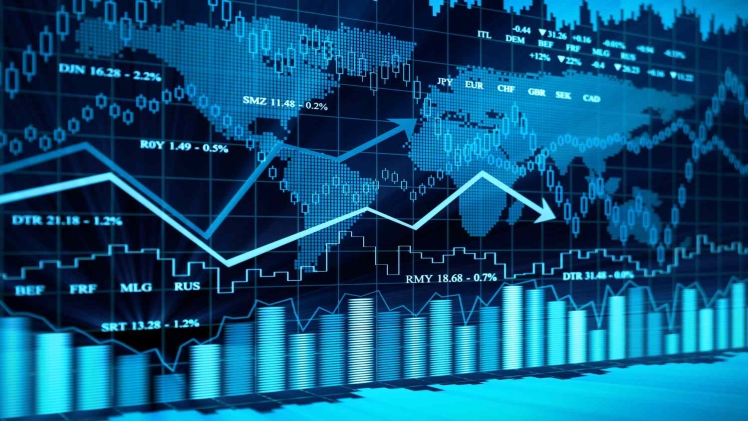Forex trading with automated systems has become increasingly popular in recent years. Automated systems are software programs that can automatically execute trades on behalf of the trader. They use advanced algorithms and mathematical models to analyze market data and make decisions about when to buy and sell currencies. In this article, thedailynewspapers we will discuss the benefits and drawbacks of using automated systems for forex trading.
Benefits of Forex Trading with Automated Systems
Removes Emotional Bias
One of the biggest advantages of automated systems is that they remove emotional bias from trading. Emotions such as fear, greed, and hope can often cloud a trader’s judgment and lead to irrational decisions. Automated systems, on the other hand, Magzinenews rely on mathematical algorithms and are not subject to emotional biases.
Provides Consistency
Automated systems provide consistency in trading. They can analyze data in real-time and make decisions based on predefined criteria. This ensures that trades are executed consistently and without deviation from the set parameters.
Speed and Efficiency
Automated systems can analyze large amounts of data in real-time, bestnewshunt
providing traders with the ability to make fast and accurate decisions. This speed and efficiency can give traders an edge in the market and allow them to take advantage of short-term opportunities.
Backtesting and Optimization
Automated systems allow traders to backtest and optimize their strategies. Backtesting involves testing a strategy on historical market data to see how it would have performed in the past. Optimization involves tweaking the strategy to improve its performance. This allows traders to fine-tune their strategies and increase their chances of success.
Trade 24/7
Automated systems can trade 24/7, allowing traders to take advantage of opportunities even when they are not actively monitoring the market. This can lead to increased profits and can also free up time for traders to focus on other aspects of their lives.
Drawbacks of Forex Trading with Automated Systems
Technical Issues
Automated systems can be subject to technical issues, such as software glitches, magazinehub internet connectivity problems, or power outages. These issues can cause the system to malfunction or fail to execute trades, which can result in missed opportunities or losses.
No Human Element
Automated systems lack the human element of decision-making. While this can be an advantage in terms of removing emotional bias, it also means that the system cannot adapt to unforeseen market events or unexpected changes in market conditions. This can lead to missed opportunities or losses.
Dependence on Historical Data
Automated systems rely on historical data to make decisions. While backtesting and optimization can help to improve the system’s performance, they cannot guarantee success in the future. Market conditions can change rapidly and unpredictably, making it difficult for automated systems to adapt.
Complex Programming
Automated systems require complex programming and technical expertise to set up and maintain. This can be a barrier for traders who lack the necessary skills or resources to develop their own systems.
Potential for Over-Optimization
Automated systems can be over-optimized, which means that they are fine-tuned to perform well on historical data but may not perform well in real-time market conditions. This can lead to losses if the system is unable to adapt to changing market conditions.
Choosing an Automated System for Forex Trading
When choosing an automated system for forex trading, time2business it is important to consider several factors, including:
Strategy and Algorithm
The strategy and algorithm used by the system should be based on sound principles and should have a track record of success in the forex market.
Backtesting and Optimization
The system should have a robust backtesting and optimization process to ensure that it performs well in different market conditions.
Risk Management
The system should have effective risk management features, such as stop-loss orders and position sizing, to minimize potential losses.

